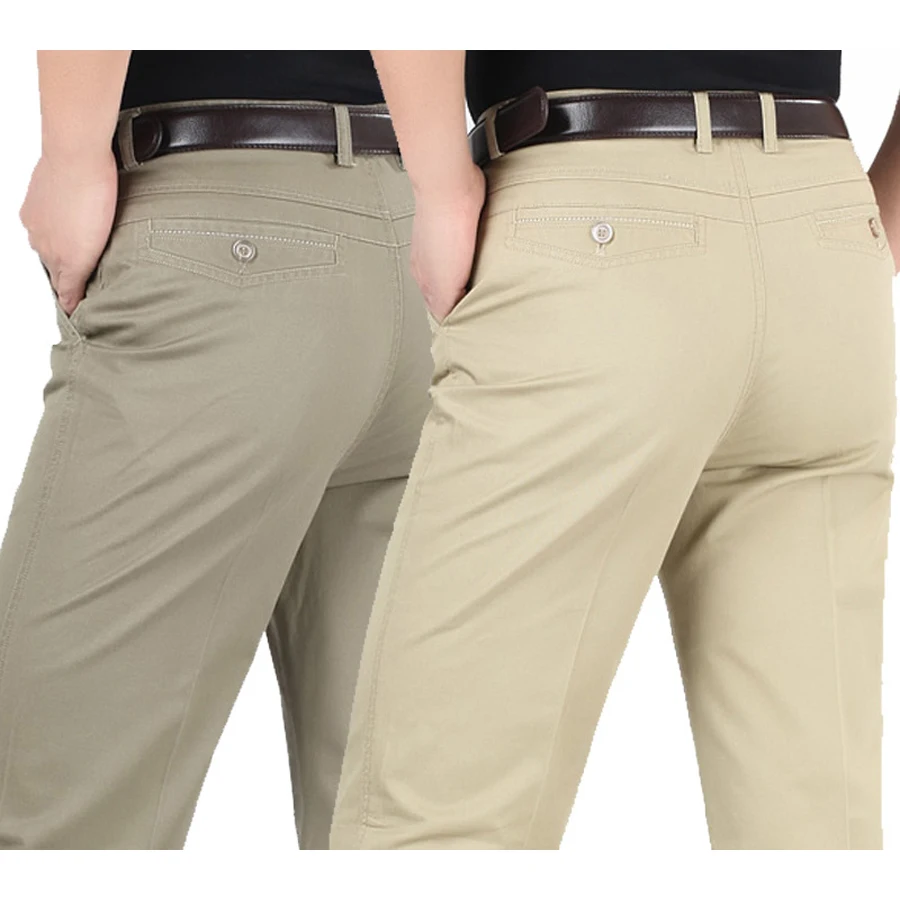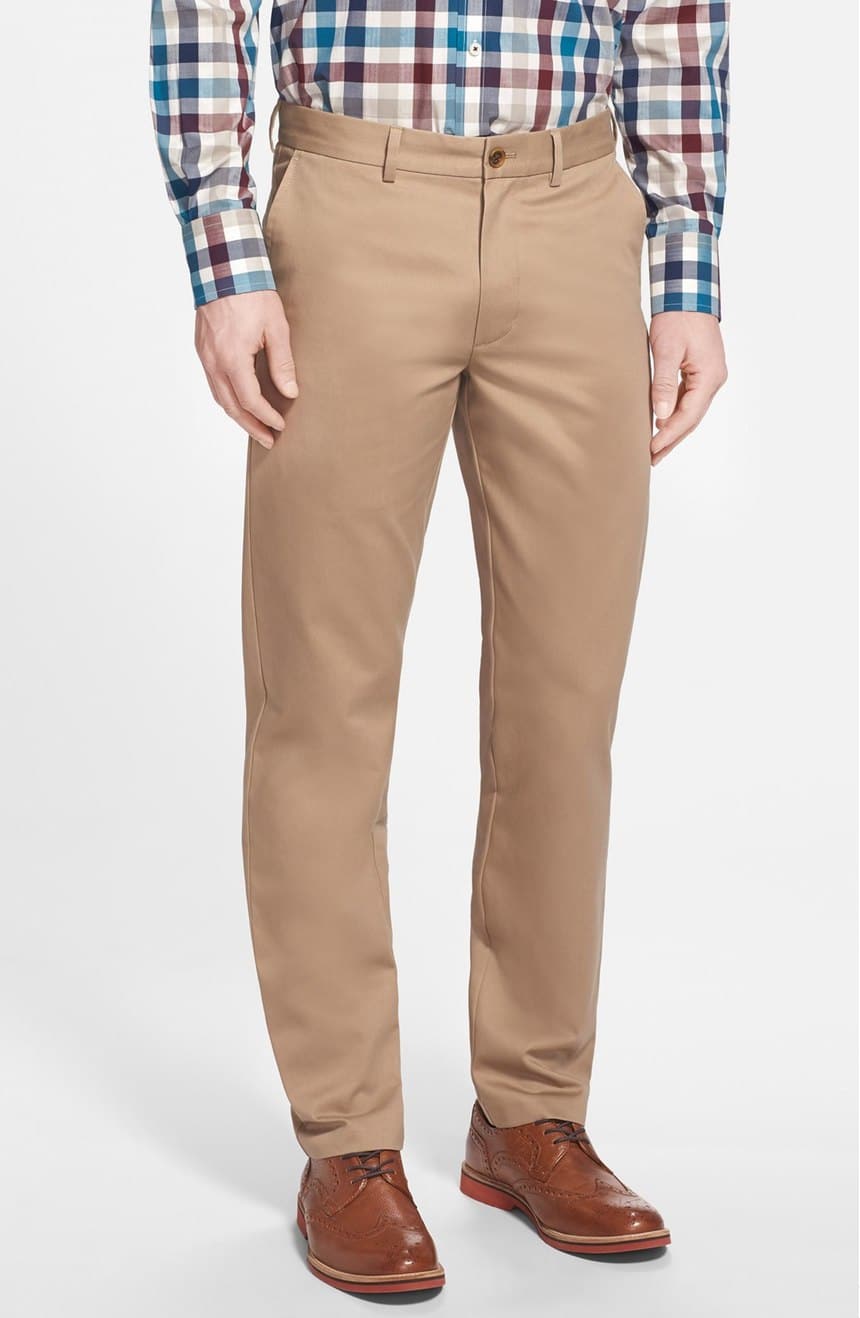Different ones Types of Mens Pants

Sweatshirts are long-sleeved pullover tops that are constructed from thick cotton fabric. They are typically worn casually, and are not as formal as sweaters or cardigans. They do not usually have the Hood. If you're interested in buying a sweatshirt here are some suggestions:
The Norma Kamali brand spread the appeal of sweatshirts
Since the late 1970s the Norma Kamali brand has been transforming the simple sweatshirt into an art. Her designs are now an integral part of almost every woman's closet. Her unique styles range from an tummy-tucking crew neck, and leather paneled sweatshirts. Her clothing is also designed in unusual shapes, such as tanks with a long trumpet skirt.
A collaboration between the designer and sweatshirt manufacturer Everlast resulted in her Timeless line, which was a huge hit when it appeared in the spring catalog of Spiegel. The collection offered knits that could be interchangeable or convertible with classic designs and a lot of pieces were priced under $20. Even even if men pant was not available in stores, customers were able to find the pieces on eBay or Poshmark.
Merino wool sweatshirts are more comfortable than soft sweatshirts
Merino wool is known for its ability to wick moisture away that help keep you comfortable and dry. Merino wool is an organic fibre that also has a smoother feel. The fabric is also quick to dry when compared with other natural material. In addition, it is a renewable resource. The merino sheep shed their coats every year , and then grow new coats.
Merino's weight-to-heat ratio is high, and the warmth of wool makes it an ideal material for sweatshirts. It aids in controlling the temperature of your body due to its loft that naturally holds heat in the fibers. This is why Merino wool sweaters are ideal for summer and outdoor activities like hiking, mountain biking and running. The warmth they provide keeps the wearer comfortable and dry. This is crucial when exercising.
Zip-front hoodies have kangaroo pocket
Kangaroo pocket hoodies are a popular style of hoodie. These hoodies feature a huge pocket on the front, that will keep your hands warm on cold days. They're much more practical than traditional pockets as they allow the hands to slide in and out easily.
Kangaroo pockets are typically large enough to hold the wallet, or other small items for personal use. They're typically long enough to fit one hand in a smaller size and are wide enough to fit two hands. They have wide openings on either side and are perfect for carrying small items.
French terry fabric is a very popular material for sweatshirts.
The French Terry fabric is composed of soft yarns knitted into loops and is typically middle-weight. It is also renowned as a fabric that wicks away moisture and is already pre-shrunk. French Terry is a fantastic choice for sweatshirts since it is warm when you're in need and helps keep you cool when you need to cool down.

French Terry is also a popular choice for loungewear, since it has enough stretch and flexibleness to feel great on your skin. It also allows air to circulate throughout the fabric, which makes it perfect for layering under other clothing. Furthermore, because it's lighter than other sweatshirts that you can wear all year round without feeling too hot or cold.
Hoodies have classist connotations
Although it might appear that hoodies are simply an appropriate garment for working class people however, in reality they are a symbol of class. Hoodies were first popularized in the early 70s New York, where graffiti artists wore them to hide their identities. In 1976 the hoodies made their big film debut in "Rocky," when the protagonist of the film was a working class man in grey sweats with hoods during his famous climb up the steps of the Philadelphia Museum of Art.

men pant are often linked to death, destruction and other unpleasant things, but they also serve practical purposes. For instance, priests and monks might wear hoods in order to display modesty and inward focus.
